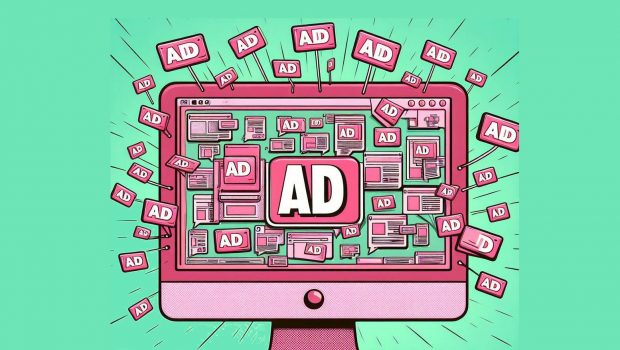The Renaissance of the Ad Server
by on 14th Feb 2024 in News


In association with Clinch.
In an increasingly complex landscape, activating across multiple platforms can be a serious challenge for marketers. How can the creative ad server help?
The rise of programmatic advertising over the past two decades has demanded evolution from the ad server, led by the desire to bring consumers an increasingly personalised experience and achieve higher engagement. The ad servers of today are worlds away from those which first arrived on the scene, orchestrating highly personalised, data-rich ad experiences across multiple channels, assisting advertisers in executing efficient and effective campaigns.
The creative ad server: a new frontier of data and insights
The waters are murky right now: with Chome’s cookie deprecation currently in its early stages and walled garden platforms’ huge popularity, measurement across multiple platforms is extremely difficult. Yet, cookie deprecation is also allowing the industry to take a step back, reevaluate, and refocus its efforts in new ways.
The demand for solutions harnessing creative engagement data is increasing for a reason. Creative engagement data can be immensely valuable in helping advertisers understand which specific components of an ad have driven a particular outcome. Only a creative ad server is able to capture these insights.
Creative engagement data is derived from consumers’ interactions with ads, captured through the ad serving process and informed by creative variations. Ad servers with dynamic creative optimisation (DCO) functions can recognise the many different versions of a creative, treating each impression as an experiment testing the creative’s success at drawing in the consumer. This data is then logged and returned to the advertiser. The success of an ad depends on both the creative and the real-time circumstances of the consumer – the creative ad server bridges the gap between both. Through the signals derived from ad serving, web events, and other environmental cues, this can all be done without third-party cookies.
In the midst of an AI revolution
We have entered a new generation of data and insights in which AI is at the forefront. Thanks to the new AI technologies we’ve seen in recent years, the ad industry is transforming. Ad tech is certainly growing in complexity: advertisers have more questions and concerns, but also many more options than ever before – with harnessing AI being one of them.
Generative AI has been particularly transformative for ad servers. Dynamic creative optimisation, powered by AI and machine learning, is central to the creative ad server. As a result of these advancements, smart decisioning tools are becoming increasingly efficient. They are more automated, closer to real-time, and continue to open doors to new possibilities, while enhancing all of their original functions.
Efficiency has quickly become a metric that matters most. Through generative AI, ad serving functions beyond activation and delivery are becoming more automated and accurate than ever before. They can analyse factors such as the time of day or the user’s device to create optimised ads for the environment. Ads are likely to vary in both format and content when impressions are displayed to different consumers, with the aim of maximum personalisation. Generative AI facilitates a seamless process, revolutionising the face of ad serving.
Omnipotent omnichannel
In a landscape where media consumption is more fragmented than ever, harnessing omnichannel strategies remains essential for marketers as they learn and optimise across different channels. This fragmentation calls for a smart, unified approach to serving the right message to the right audience, in the right place. With campaigns spanning across programmatic display/video, social, CTV, audio, and more, harnessing an omnichannel approach is key to maintaining a holistic understanding of performance across all activity, ensuring the impact of one creative will inform the entire campaign, instead of just the silo in which the impression occurred.
As we move into an AI-led future, there are a plethora of options to assist marketers with prioritising omnichannel advertising; many have been designed with a cross-channel approach in mind, facilitating unison between channels. Partners can offer a seamless, unified experience serving across different channels and environments, while aggregating reporting and optimising accordingly. In an increasingly complex and competitive landscape, working with the right partners can be a good way to adopt the best fitting tech solutions.
What does the future hold for ad servers?
In the midst of this ad server renaissance, what lies ahead? With innovation at the heart of the ad tech industry, something new is always around the corner. AI has been changing the game, and as we move into the future, we can certainly expect further ad server advancement led by developments in AI.
Parallel to the changes we can expect from new technologies in the coming years, we’re also guaranteed to see further regulation of the ad tech scene. The growing preoccupation with consumer privacy, for example, is likely to lead to further restrictions which may direct development in a particular direction. The ad server of the future is sure to evolve with the ever-changing face of the landscape.
Ad ServerAICreativeDataOmnichannel








Follow ExchangeWire